১১ পৌষ ১৪৩২
Sinai Mega Project
World's Most Sacred Places Being Turned Into Resort
07 September 2025 19:09 PM
NEWS DESK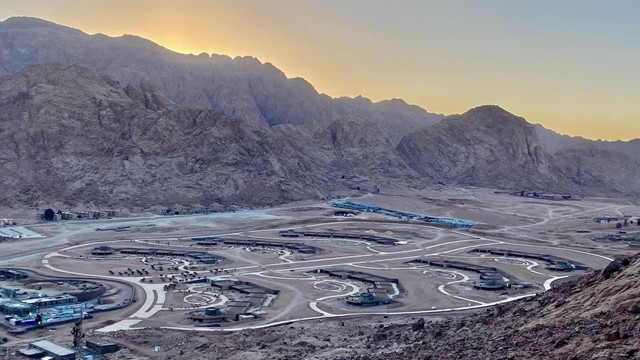
Mount Sinai, a place of profound spiritual and religious significance, is at the center of a controversial development project that has raised alarms about its impact on both its sacredness and the local Bedouin tribes. St. Catherine’s Monastery, a sixth-century Greek Orthodox landmark, has long been a pilgrimage site for Jews, Christians, and Muslims alike.
However, the remote desert landscape surrounding the monastery is being radically transformed with the construction of luxury resorts, hotels, and infrastructure designed to boost Egypt’s tourism sector.
While the Egyptian government touts the project as a necessary economic boon, critics warn of its irreversible effects on the natural environment, local culture, and the traditional Bedouin way of life. These developments have sparked concerns not just over the future of this UNESCO World Heritage site, but also over the fate of the indigenous communities that have called this region home for centuries.
Development Plans Spark Controversy
Egypt’s ambitious plan to turn the Mount Sinai region into a major tourist hub has triggered strong reactions from conservationists, religious leaders, and the local Bedouin community. The government aims to attract millions of visitors with the construction of luxury resorts, shopping complexes, and a new airport, which will be situated in close proximity to the St. Catherine’s Monastery. This project, known as the “Great Transfiguration Project,” is being promoted as a way to revitalize Egypt’s economy, especially after the global pandemic, and to increase the number of international visitors.
However, the construction of such large-scale developments has led to significant concerns about the preservation of the area’s historical and spiritual value. Mount Sinai, where Moses is believed to have received the Ten Commandments, holds a deep connection to religious history. The St. Catherine’s Monastery, one of the world’s oldest continually operating monasteries, is revered not only for its religious significance but also for its unique blend of Christian and Islamic history. A mosque built on its grounds and an ancient Christian manuscript collection further exemplify the historical fusion that makes this site a living testament to centuries of peaceful coexistence.
Impact on the Bedouin Community
In addition to the environmental concerns, the development has displaced the traditional Bedouin communities who have lived in the area for centuries. The Jebeleya tribe, known as the Guardians of St. Catherine, has had their homes and eco-tourism camps demolished, with little compensation or regard for their rights. Many locals, who had peacefully coexisted with the land and the monastery for generations, are now witnessing their way of life being uprooted by forces beyond their control.
For the Bedouin, the development of Mount Sinai represents more than just a physical transformation of the land; it is a cultural and spiritual shift that threatens their traditional nomadic lifestyle. Once viewed as stewards of the land, the Bedouin now find themselves marginalized in their own homeland, excluded from the tourism opportunities that are being created around them.
Concerns About Preservation and Cultural Impact
UNESCO, which has long recognized the cultural and natural value of the St. Catherine’s Monastery and its surroundings, has raised alarms over the rapid pace of construction. Despite its status as a World Heritage site, which is meant to ensure protection and preservation, there is little evidence that the government’s development plans have taken into account the area’s environmental or cultural sensitivity. The rugged landscape surrounding the monastery has been described as an integral part of the site’s universal value, yet the ongoing construction threatens to alter its appearance permanently.
The monastery’s connection to multiple religious traditions is one of its most unique aspects. It is considered a symbol of peace and unity, bringing together followers of different faiths in a shared place of reverence. The Greek Orthodox Church has expressed strong opposition to the construction plans, arguing that the monastery’s identity is at risk. The church has long been a key player in preserving the integrity of the site, and its involvement remains critical as tensions between Egypt and Greece over ownership and control of the land continue to unfold.
Tourism Growth vs. Preservation
While the government insists that the project is essential for the future of Egypt’s tourism industry, it must balance economic development with cultural and environmental preservation. Egypt is aiming to attract 30 million tourists by 2028, and the Sinai Peninsula has been identified as a potential goldmine for tourism growth. However, the success of such initiatives will depend on how well Egypt can maintain the balance between modern tourism infrastructure and the preservation of its rich historical and spiritual heritage.
The transformation of Mount Sinai could set a precedent for other sacred sites around the world. The global tourism industry has often faced criticism for turning religious and cultural landmarks into commercialized attractions. The question remains: can tourism be developed in a way that respects both the sacred nature of these sites and the rights of the local communities who have historically lived in harmony with them?
Mount Sinai’s transition from a remote spiritual site to a major tourism destination raises important questions about cultural preservation, sustainability, and the value of indigenous knowledge in managing sacred lands. As development continues, it will be critical for Egypt to ensure that its actions reflect a commitment to both economic growth and the protection of its heritage for future generations.




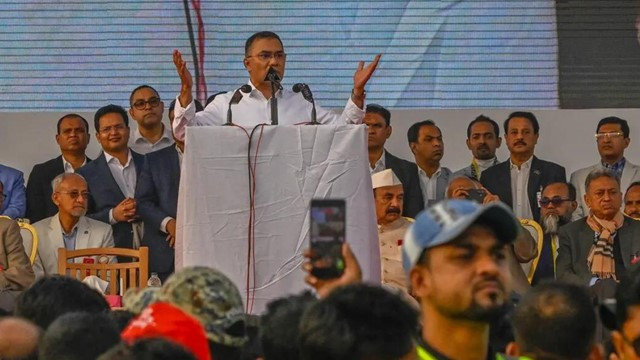




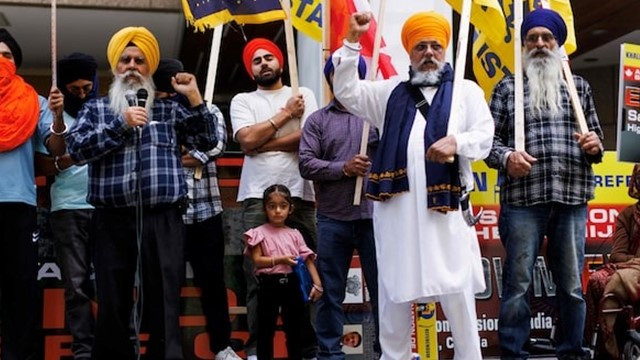
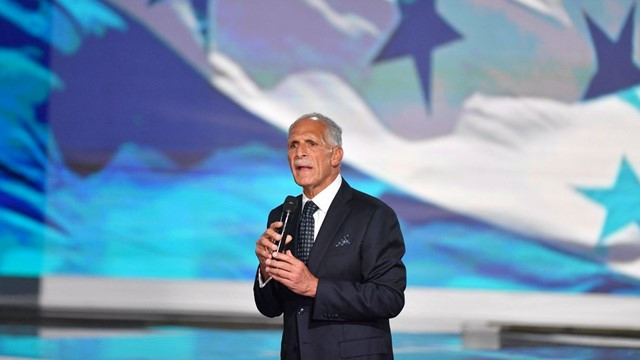

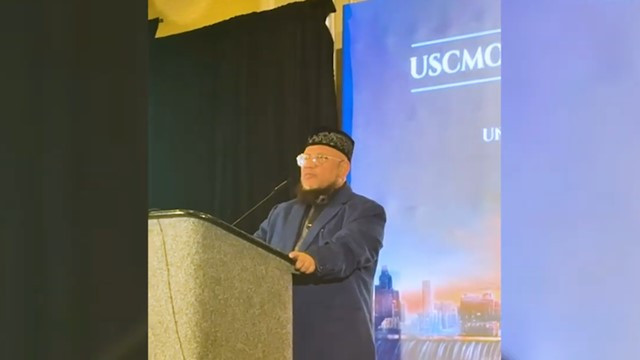
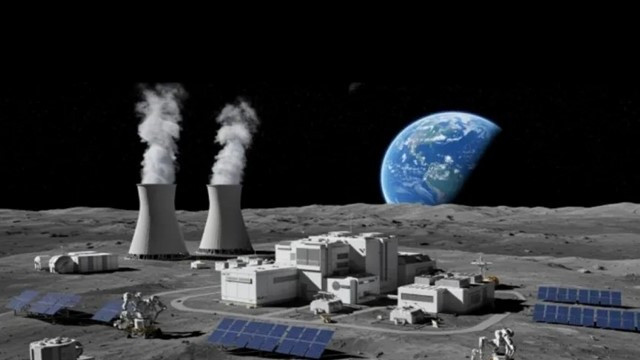

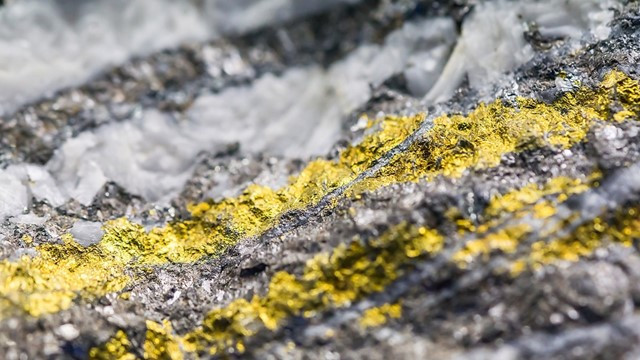
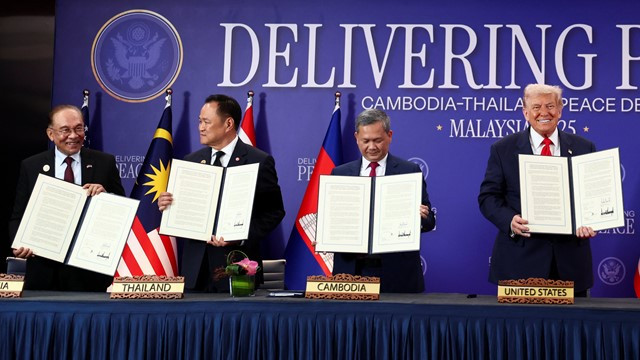


Comments Here: